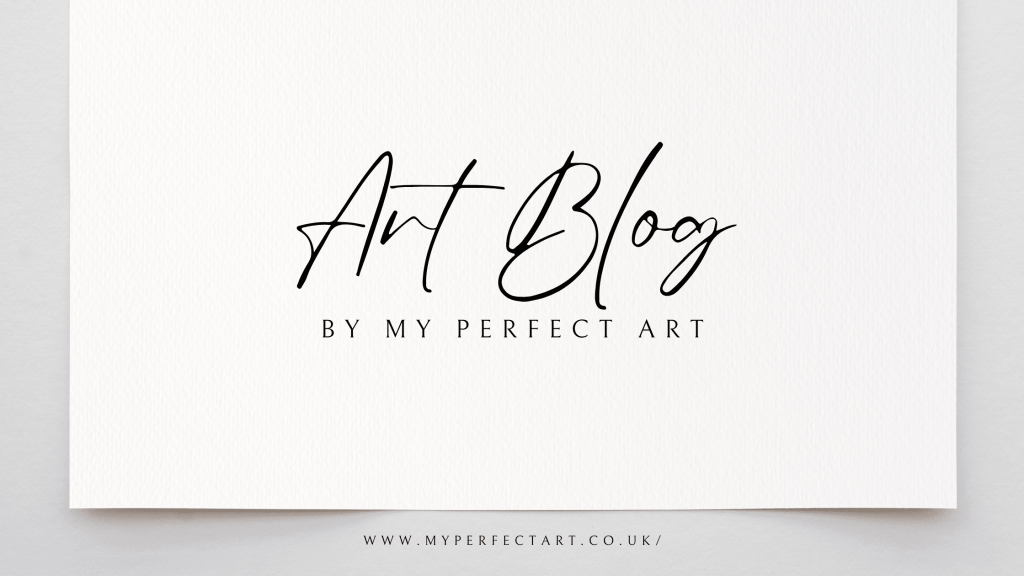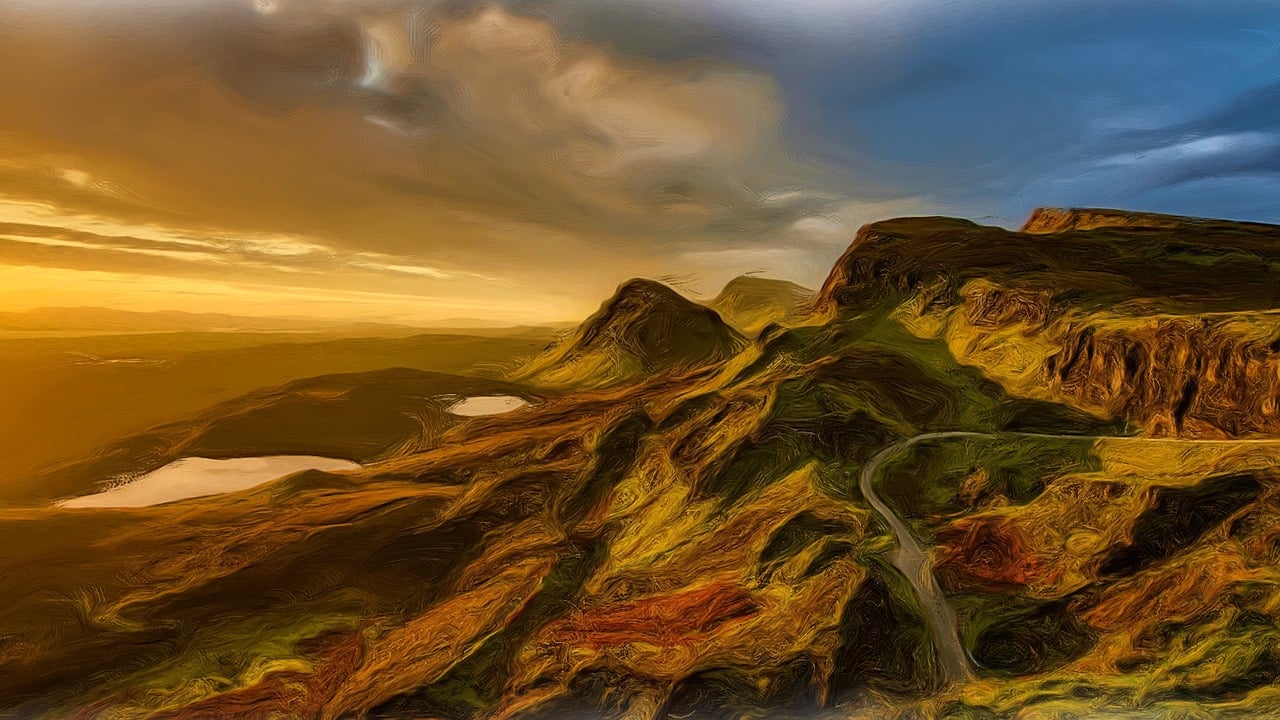Landscape painting captivates audiences by transporting them to picturesque places. For centuries, masterpieces like Monet’s serene Impressionist countryside scenes and Church’s dramatic, light-infused American West vistas have evoked a deep sense of wonder.
These iconic works showcase landscape art’s power to immerse viewers in stunning environments from afar. At once nostalgic and visionary, landscape painting offers a glimpse into both the remembered and imagined sublime beauty of the natural world.
Far more than superficial decoration, landscape art has a rich cultural and historical significance. It provides insight into humanity’s evolving relationship with nature, and reflects the values and ideas of the societies that produce it.
Landscape art offers a glimpse into both the remembered and imagined sublime beauty of the natural world. Take a look at how John Waterhouse approaches landscape, do you think they are remembered or imagined spaces?
Far more than superficial decoration, landscape painting has a rich cultural and historical significance that provides insight into humanity’s evolving relationship with nature. It reflects the values and ideas of the societies that produce it.
During the Renaissance, artists were beginning to break free from the constraints of religious and historical subjects and were experimenting with the depiction of nature as a subject in its own right.
Pioneers like Leonardo da Vinci, Albrecht Dürer, and Pieter Bruegel the Elder used innovative techniques like perspective and the use of light and shadow to create realistic and lifelike depictions of landscapes, laying the foundation for the evolution of landscape painting in the centuries to come.
In the 18th and 19th centuries, landscape painting evolved to match the changing cultural and artistic trends of the era. During this period, artists focused more on nature’s emotional and spiritual aspects, creating romantic and evocative landscapes emphasising the sublime and mysterious.
Works by artists like Caspar David Friedrich and J.M.W. Turner exemplify this movement. They created pieces celebrating nature’s beauty and conveying the profound emotions and spiritual connections people felt with nature.
In the early 20th century, movements like Fauvism, Expressionism, and Cubism led artists to break free of traditional landscape painting techniques and subject matter. The Fauves employed intense colour and loose brushstrokes to evoke the emotional experience of being in nature.
Expressionists conveyed the inner, psychological experience of landscape. Cubists fragmented landscape forms into abstracted shapes that could be viewed simultaneously from multiple angles.
As the 20th century progressed, landscape painting continued to evolve and adapt to changing cultural and artistic trends. With the rise of modernism came a new focus on abstraction and subjectivity, as artists used landscape as a starting point to explore colour, form, and texture.
Meanwhile, the emergence of photography and new media opened up possibilities for artists to approach the landscape in innovative ways.
Surrealism also prompted artists to portray landscape in bizarre and dreamlike ways. Salvador Dalí and other Surrealists juxtaposed strange, illogical elements within idyllic natural settings to evoke the strangeness of the subconscious.
Meanwhile, many American artists forged their own modern landscape painting tradition. Georgia O’Keeffe created monumental flowers, bones, and desert vistas that evoked a visceral experience of nature. The painters of the American West, including Marsden Hartley and Georgia O’Keeffe, captured the sublime grandeur of the landscape. The Precisionists incorporated industrial and technological forms into idyllic landscapes, reflecting modernity’s impact on nature.
Postwar landscape painting became increasingly abstract, conceptual, and multimedia-focused. Abstract expressionists like Joan Mitchell and Helen Frankenthaler created expansive fields of colour intended to elicit visceral reactions.
Conceptual artists of the 1960s and 1970s framed landscape as an idea, using maps, plans, photographs, and language. Photorealists incorporated photography into their hyper-realistic paintings, exploring the boundary between the real and the artificial. Contemporary artists continue to push the boundaries of landscape painting, with some incorporating digital technology and elements of performance and installation.
From ancient times to today, landscape painting has captivated people for centuries. This art form has evolved from its roots in early civilizations into a dynamic medium.
Today, landscape painting is thriving and pushing the boundaries of what was once thought possible. Artists worldwide are exploring new techniques and styles, incorporating emerging technologies like virtual reality and artificial intelligence to create immersive and stunning works of art. This fusion of art and technology has opened up new creative possibilities, allowing us to experience landscapes in completely novel ways.
Landscape painting is not just about pushing boundaries or experimenting with new technologies and concepts. At its core, it’s about our profound connection to the natural world and our sense of wonder and awe at its beauty and complexity.
Take a stroll through Mackenzie Thorpe’s soft brushstrokes and compare his work with the original landscape pioneers and you can starkly see how far we’ve come.
Throughout history, landscape artists have sought to capture this connection, using their creative talents to convey the power and majesty of nature in all its forms.
From Renaissance realism to Romantic era spirituality, landscape painting has captured nature’s essence in profoundly moving ways. Masters like John Constable, Thomas Cole, and Frederic Edwin Church employed their craft to stir powerful emotions and reveal new, exciting perspectives.
As we look to the future, landscape painting continues to be a genre that inspires and challenges us. With the world facing urgent environmental issues, artists are using their talents to raise awareness and inspire action. They’re also exploring new narratives around race, gender, and identity, using their works to challenge social and cultural norms and spark important conversations.
In short, landscape painting is a genre that has captivated audiences for centuries and continues to do so today. From its rich history to its innovative and exciting future, landscape painting is an art form that inspires us to see the world in new and exciting ways. Let’s continue to appreciate its beauty and complexity and celebrate the artists who bring it to life with their creative talents.

